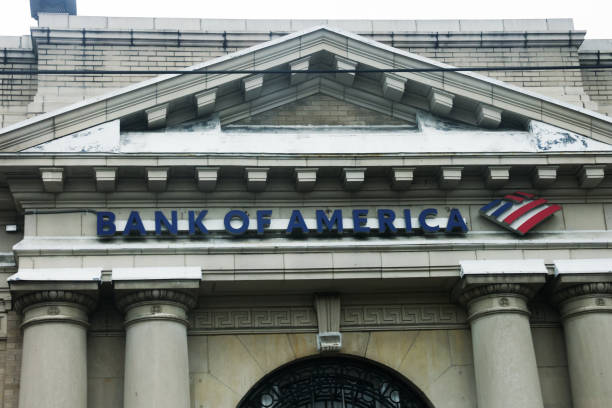The meteorological community is closely monitoring Invest 97L for potential development into the fourth tropical storm of the 2024 Atlantic hurricane season, likely to be named Debby, as it organizes and heads towards Florida.
Debby Tropical cyclone
Meteorologists have been tracking Invest 97L for several days, with recent forecast models indicating a strong probability of it achieving tropical storm status and being named Debby.
The latest insights from the National Hurricane Center (NHC) reveal a 70% chance of Invest 97L being named Debby within the next 48 hours, and a 90% likelihood of it becoming a tropical storm within the next week.

The NHC has issued its first tropical advisory for what it now designates as potential tropical cyclone 4, stating, “Maximum sustained winds are near 30 mph (45 km/h) with higher gusts. The disturbance is expected to develop into a tropical depression on Saturday as it moves across the Straits of Florida, followed by intensification into a tropical storm by Saturday night.”
Currently, the system is tracking through the northern Caribbean islands and passing over Cuba, with increasing convection. Forecast models suggest a more westerly trajectory that could carry a tropical depression or tropical storm Debby over the Straits of Florida and into the Gulf of Mexico.
Forecasters predict more favorable conditions for development as Invest 97L progresses on its northwesterly path. However, uncertainty remains whether it will enter the eastern Gulf or the far southwestern Atlantic Ocean, with models generally indicating it will be near Florida in a few days.
The accompanying image from Tomer Burg’s weather resources shows a super-ensemble plot of track density and model uncertainty at this time.
There is significant uncertainty not only in the storm’s path but also in its potential intensity if named Debby. Model intensity guidance from TropicalTidbits.com predominantly forecasts a tropical storm, with few models predicting hurricane status.
Forecasters warn that this system could absorb substantial moisture as it approaches Florida and the southeastern United States, raising concerns about potential flooding irrespective of the strength of the winds.
Meteorologists emphasize the importance of the steering flow for Invest 97L. A direct approach to southern Florida would likely limit its time to intensify, while a path into the Gulf of Mexico could provide more time for strengthening before curving back towards Florida’s west coast or Panhandle.
Conversely, a track along the eastern side of Florida or offshore could allow the system to strengthen while heading towards the Carolinas.
Given the current uncertainty, this development is of particular interest to the insurance, reinsurance, catastrophe bond, and insurance-linked securities (ILS) markets.
Catastrophe bond fund manager Icosa Investments AG has commented on the situation, noting close monitoring by cat bond and ILS fund managers.
Icosa Investments stated, “While forecasts vary regarding its path, the general consensus is that the system will approach Florida from the western coast, possibly near Tampa, cross the Floridian peninsula, and then move back into the Atlantic before heading northeast.
“Most intensity forecasts do not anticipate the system reaching hurricane strength. However, given the warm sea surface temperatures and low wind shear, there’s still a small possibility of underestimating its potential for intensification, similar to Hurricane Beryl recently. Fortunately, the system’s current lack of organization limits the time available for significant strengthening before landfall.
“At this point, we do not expect any impact on cat bond investors, even though a Category 1 hurricane could still cause billions in insured losses if it directly hits the densely populated Tampa area. Such an event might result in some attachment erosion but is unlikely to lead to significant outright losses in the cat bond market. There is also some uncertainty regarding the storm’s path after it reemerges into the Atlantic, with potential impacts in North Carolina — a region well-represented in the cat bond market — still possible.”



